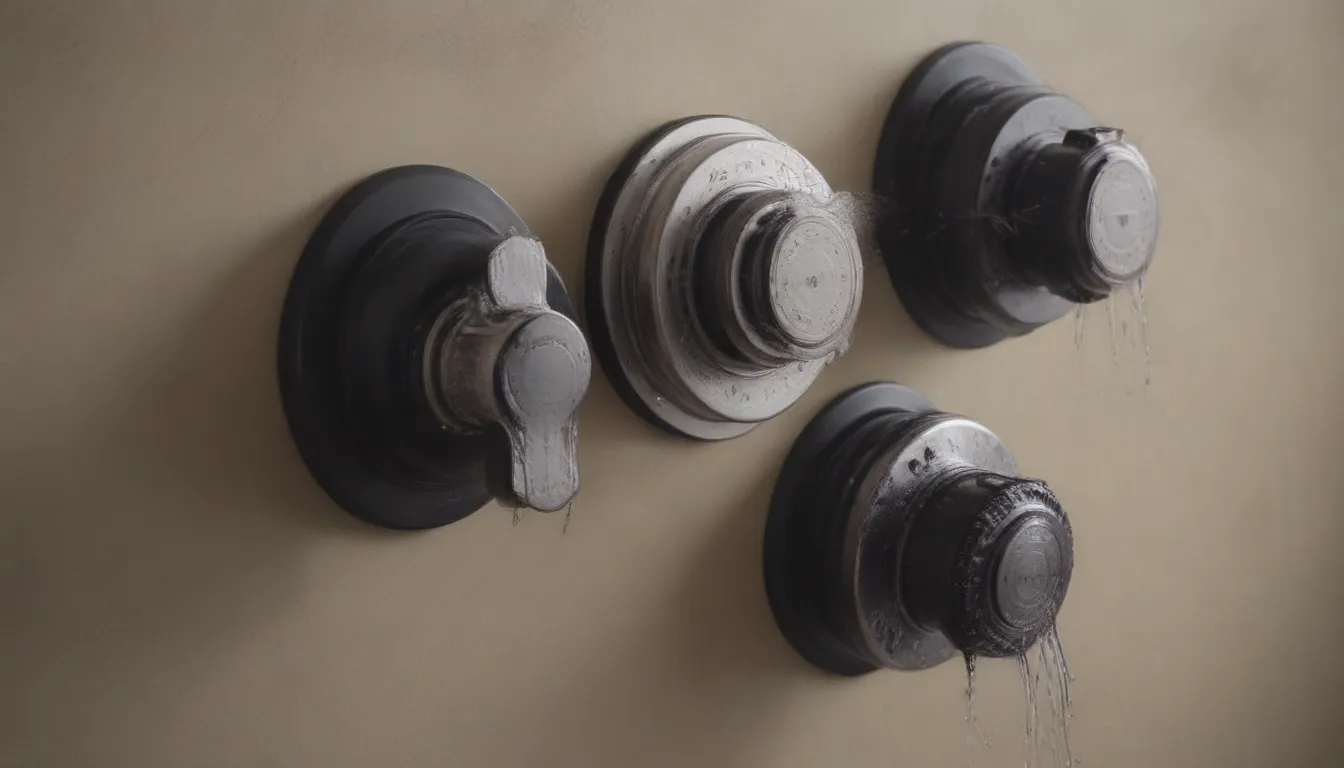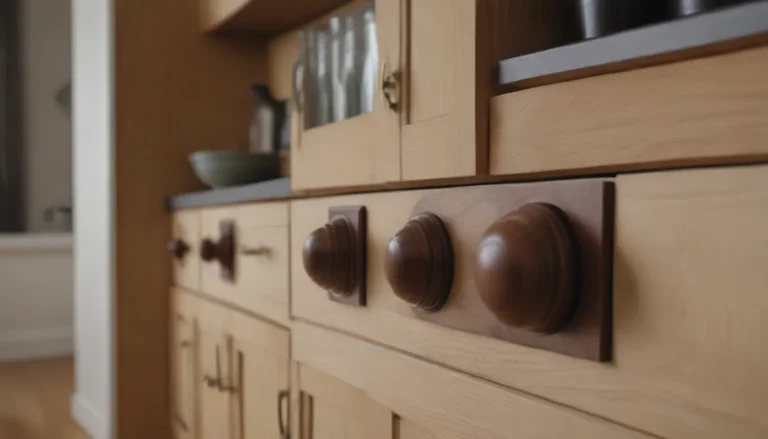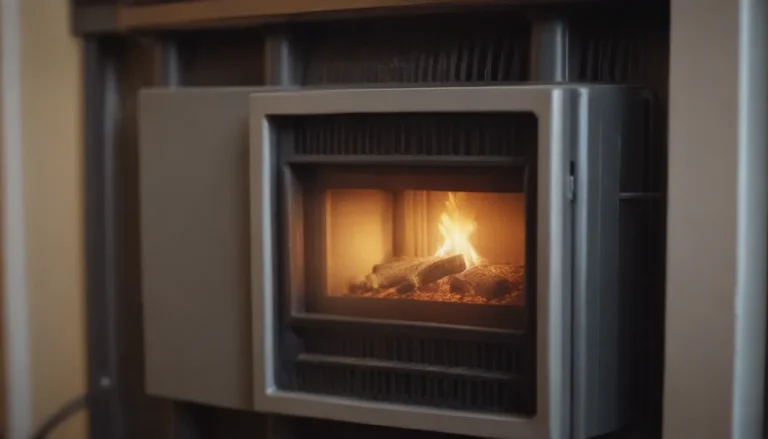Everything You Need to Know About Pressure-Balanced and Thermostatic Shower Valves

Have you ever experienced the shock of scalding hot or freezing cold water during a shower? This sudden temperature change is often due to a drop in water pressure on either the hot or cold side. It can happen when someone else in the house turns on a faucet, when appliances like the washing machine or dishwasher use water, or even when a toilet is flushed. While it may be startling and annoying, it can also lead to dangerous scalding burns. To prevent this, pressure-balanced or thermostatic shower valves are a necessary addition to your plumbing system.
Understanding the Different Types of Shower Valves
Although they are commonly mistaken for one another, pressure-balanced and thermostatic shower valves serve the same primary purpose: balancing water temperature to prevent sudden changes that can lead to burns.
- Pressure-Balance Shower Valve: Maintains a balanced flow of water between the hot and cold sides to prevent temperature fluctuations. It reacts to drops in pressure on one side and adjusts the outflow of the opposite side to match.
- Thermostatic Shower Valve: Utilizes a more complex mechanism that senses the actual temperature of the water, adjusting the flow from each inlet accordingly.
How a Pressure-Balance Valve Functions
A pressure-balance shower valve works by ensuring a consistent flow of water between the hot and cold sides, rather than monitoring the water’s temperature. Inside the valve body, there is either a balancing spool or a diaphragm that reacts to changes in pressure on one side and modifies the outflow from the other side to maintain equilibrium. This mechanism ensures that the water temperature does not suddenly fluctuate, even if there are changes in the supply water pressure.
How a Thermostatic Valve Operates
Thermostatic shower valves are equipped with a more advanced system that directly measures the water temperature. A wax element within the valve expands or contracts based on the heat, regulating the amount of water allowed in from each inlet. This sophisticated mechanism provides greater control over the water temperature, offering an added layer of safety.
Installation Considerations
- Pressure-Balance Valves: Typically designed with one-handle configurations that can fit into existing wall openings, though some adjustments to the plumbing may be necessary for proper installation.
- Thermostatic Valves: Come in various styles, often featuring separate volume and temperature controls within a single-valve body. Installation may require modifications to the wall or surrounding opening to accommodate the larger valve mechanism.
For both types of valves, it is recommended to consult a professional plumber for installation, as mistakes can be costly due to the valve’s price and potential plumbing modifications.
Maintaining and Repairing Your Shower Valve
Like standard shower valves, both pressure-balanced and thermostatic valves contain inner cartridges that can wear out over time and require replacement. Signs that your valve may need a new cartridge include uneven water temperature, restricted water flow, or a complete lack of water.
- Pressure-Balance Valves: Changing out the cartridge can restore the valve’s functionality. Regularly using the shower can help extend the lifespan of the valve.
- Thermostatic Valves: In addition to cartridge replacement, issues with water temperature or flow can also be caused by dirt or debris in the check valves. Checking and cleaning these valves may resolve the problem before considering cartridge replacement.
Pro Tip
When installing a new pressure-balanced or thermostatic shower valve, be sure to keep the paperwork for future reference. This will make it easier to identify the correct replacement cartridge when needed. In some cases, contacting the manufacturer can result in a free replacement cartridge, so it’s beneficial to have their contact information readily available.
By understanding the differences between pressure-balanced and thermostatic shower valves, you can ensure a safer and more consistent showering experience. Whether you opt for the simplicity of a pressure-balance valve or the precision of a thermostatic valve, both offer essential features to enhance your daily routine and protect against unexpected temperature changes. Remember to prioritize regular maintenance and seek professional assistance when needed to keep your shower valve functioning at its best.
2018 International Plumbing Code. International Code Council.





